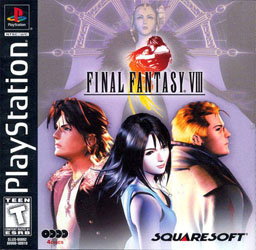Piano Sheets > Final Fantasy 8 Sheet Music > Slide Show Part 2 (ver. 1) Piano Sheet
Slide Show Part 2 (ver. 1) by Final Fantasy 8 - Piano Sheets and Free Sheet Music

About the Song
Everything about piano sheet music Sheet music has a history of its own, dating back to the 19th century. In those days, musicians would play classic compositions using sheet music piano. Later on, when bands started performing, music sheets were back in vogue as a means to recreate these old compositions.
What is it?
Sheet music is nothing but a written notation of the piano notes. Depending on what musical composition the sheet music is for, the musical notes written will also differ. Most people have a wrong notion that it is only the popular compositions, which have recorded onto sheet music piano. However, several unfamiliar compositions have also been recorded using sheet music.
(More...)
Download this sheet!
About the Artist

Random article
Everything about piano sheet music Sheet music has a history of its own, dating back to the 19th century. In those days, musicians would play classic compositions using sheet music piano. Later on, when bands started performing, music sheets were back in vogue as a means to recreate these old compositions.
What is it?
Sheet music is nothing but a written notation of the piano notes. Depending on what musical composition the sheet music is for, the musical notes written will also differ. Most people have a wrong notion that it is only the popular compositions, which have recorded onto sheet music piano. However, several unfamiliar compositions have also been recorded using sheet music.
(More...)
